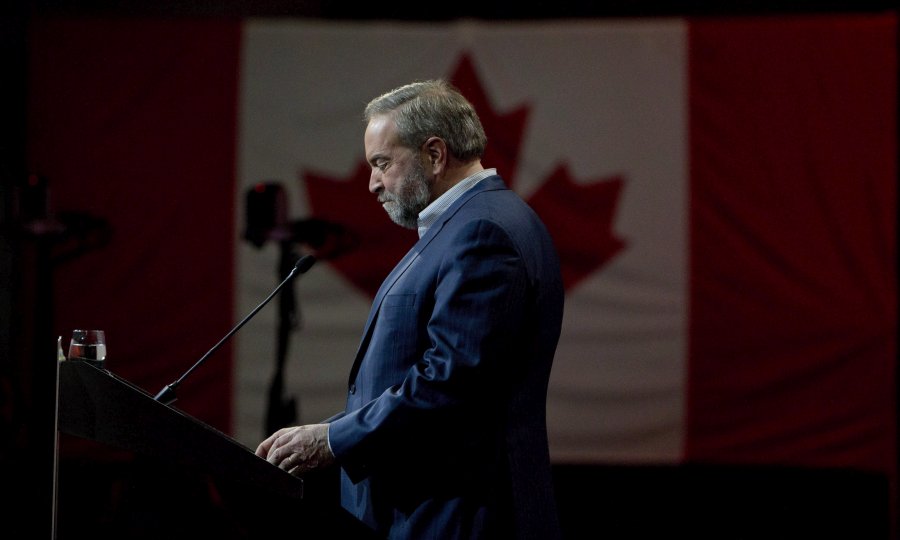By Andrew Thomson | UPDATED July 13, 2023 9:11amET
Formal leadership reviews became part of Canada's political landscape in the early 1970s.
Different parties have different rules. The NDP requires a review at every convention. Others only require a vote after a federal election when the party doesn't form government.
Leaders can set their own subjective target for support. But at least on paper, 50 per cent is enough for most parties (60 per cent for the Green Party of Canada).
The NDP constitution is clear, though:
At every convention that is not a leadership convention; a secret ballot vote will be held to determine whether or not a leadership election should be called. If 50% plus one delegate supports the calling of a leadership election, such an election will be held within one year of the convention vote.
That's what happened in 2016, when Thomas Mulcair failed to win enough support at the NDP's Edmonton gathering.
But the NDP's initial rules only called for a balloted review if someone issued a formal leadership challenge. This occurred - unsuccessfully - in 1973 and 2001.
Otherwise, the convention would just vote whether to endorse the leader continuing on for another two years, because the leader was considered simply as another officer of the party similar to president and vice-president.
(The Co-operative Commonwealth Federation (CCF), the NDP's forerunner until 1961, never had leadership conventions. J.S. Woodsworth, M.J. Coldwell, and Hazen Argue were unanimous victors with no contest.)
TOMMY DOUGLAS
- 1963: unanimous vote of confidence
- 1965: unanimous vote of confidence
- 1967: unanimous vote of confidence
- 1969: announces plan to resign at Winnipeg convention
DAVID LEWIS
- 1973: wins leadership challenge from obscure Toronto poet and taxi driver Douglas Campbell (90.4% support).
(Campbell made a similar challenge to David Lewis's son Stephen for the Ontario NDP leadership in December 1972 and ran again as a nuisance candidate at the 1975 federal leadership convention.)
ED BROADBENT
Broadbent was acclaimed at each NDP convention during his leadership.
But in 1983, western discontent over the NDP's constitutional position and the influence of labour unions led to talk of a possible challenge by Saskatchewan MP Doug Anguish at the biennial convention in Regina.
The challenge never materialized, and Broadbent's leadership was acclaimed.
ALEXA MCDONOUGH
- 2001: wins a leadership challenge from Marcel Hatch. (82.2% support with 765 ballots cast)
The NDP then moved to the biennial leadership review with a formal secret ballot...
JACK LAYTON
- 2006: 92%
- 2009: 89.25%
- 2011: 97.9%
THOMAS MULCAIR
- 2013: 92.3%
- 2016: 48%
Mulcair's leadership was rejected by more than half of NDP delegates at the party's April 2016 convention in Edmonton.
Fifty-two per cent of votes called for a new leadership contest following Mulcair's keynote speech, where he took responsibility for the party's election result that saw the NDP lose official opposition status.
“We'll leave disappointment behind with change at the helm,” Mulcair said after the vote.
Delegates decided on a 12-month extension of the deadline to hold a new leadership vote.
JAGMEET SINGH
- 2018: 90.7%
- 2021: 87%
TOP PHOTO: NDP Leader Thomas Mulcair speaks at the 2016 convention in Edmonton, where more than half of delegates opted for a new leadership contest. THE CANADIAN PRESS/Jason Franson




